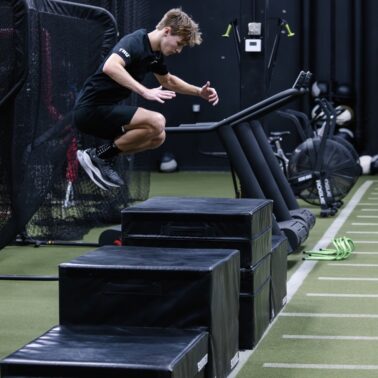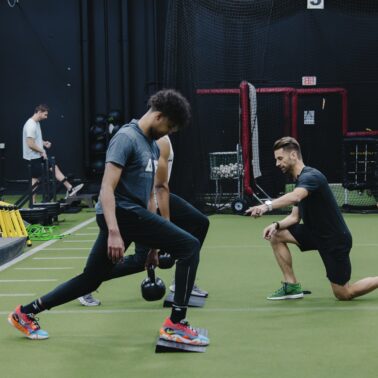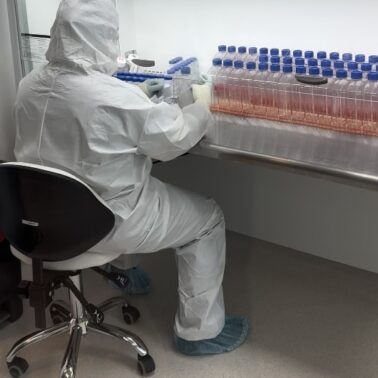Approximate Read Time: 25 minutes
“Load management is simple: Are you prepared to endure the stress you’re about to be exposed to?”
What You will learn
- Load management isn’t about doing less—it’s about doing what you’re prepared for.
- Chronic undertraining can be just as harmful as overtraining.
- Research shows how acute spikes—not total load—drive injury risk.
- Load includes physical, emotional, and cognitive stressors.
- Embedded testing is a modern way to adapt loads in real time.
Load Management Has Been Misunderstood
Type “Load Management” into your favorite sports media feed and you’ll get a polarized cocktail of frustration and confusion. Critics see it as coddling. Fans feel cheated when their favorite player sits. Medical staff get blamed for playing it too safe—or not safe enough.
But here’s the reality: Load Management isn’t a cop-out. It’s a principle rooted in physiology and psychology. It doesn’t mean avoiding work. It means making sure you’re prepared for the work you’re about to do.
To simplify this concept, consider this analogy:
Load is like sunlight. Too little and you wither. Too much and you burn. The goal isn’t to avoid the sun—it’s to build tolerance, intelligently.
The Physiology of Load: What Stress Does to the System
Stress is how the body adapts. But without enough recovery, it breaks.
Dr. Tim Gabbett’s Training–Injury Paradox explains this well: athletes with high chronic workloads are more resilient. Those with sudden spikes in load are the ones at higher risk. It’s not stress that causes injury—it’s unpreparedness.
“Load isn’t the problem. The problem is when the load comes out of nowhere and you do too much, too soon.”
This paradox shows that consistent exposure builds tolerance. And when we stop exposing athletes to game-like demands, they become more fragile—not more protected.
There is something to be said to the old mantra, “No pain, no gain.” In order to create adaptation, we must be exposed to stress. That stress can be uncomfortable, which some may associate with pain. My personal recommendation is to get get comfortable being uncomfortable, but not to the point where the environment becomes painful.
Acute:Chronic Workload Ratio Explained
Let’s break it down:
- Acute load = what you did this week
- Chronic load = what you’ve averaged over the past 3–6 weeks
The “sweet spot” is maintaining an acute:chronic ratio between 0.8 and 1.3. Go above 1.5 and your injury risk will increase. Gabbett’s research across rugby, basketball, and soccer confirms this repeatedly.
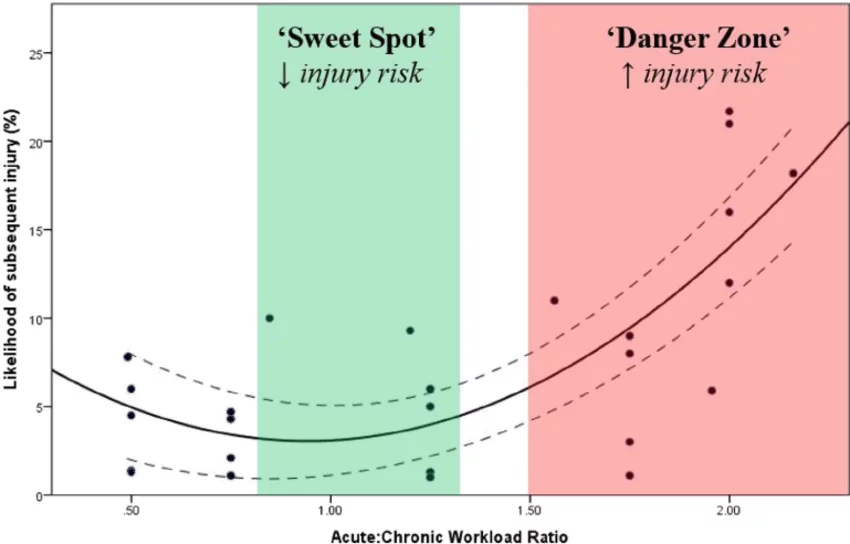
“If you wanted to run a marathon then it would be wise not do it tomorrow. Instead you would train for it. If you tried to participate in a marathon without proper training, then your injury risk increases. The marathon training itself is the load management whereas running the race without training would be the acute spike.”
If you’re looking for a more practical framework to apply this in the weight room or rehab, see this article on embedded testing for real-world strategies to monitor readiness while you train.
From Tissue to System: Adaptation Timelines Matter
Not all tissues respond to load at the same speed. Gabbett and colleagues expanded the conversation beyond workload ratios by discussing tissue adaptation windows:
- Muscle: adapts relatively quickly (7–14 days)
- Tendon/Ligament: slower (~6 weeks or more)
- Cartilage: very slow, often months
If we zoom in further and look more at tissue adaptation from a day-to-day perspective, then we can more adequately prescribe training or rehab plans. The below chart suggests recovery timelines in between sessions depending on the type of stressor.
For example, a high central nervous (CNS) stressor shown in red in the upper left corner requires approximatley 3 days to recover before another exposure to that same type of stress. If we look at the opposite, bottom right corner such as an isometric strength session, then we require less recovery time.
Being equipped with information like this begs the question, are athletes doing too much or not enough?
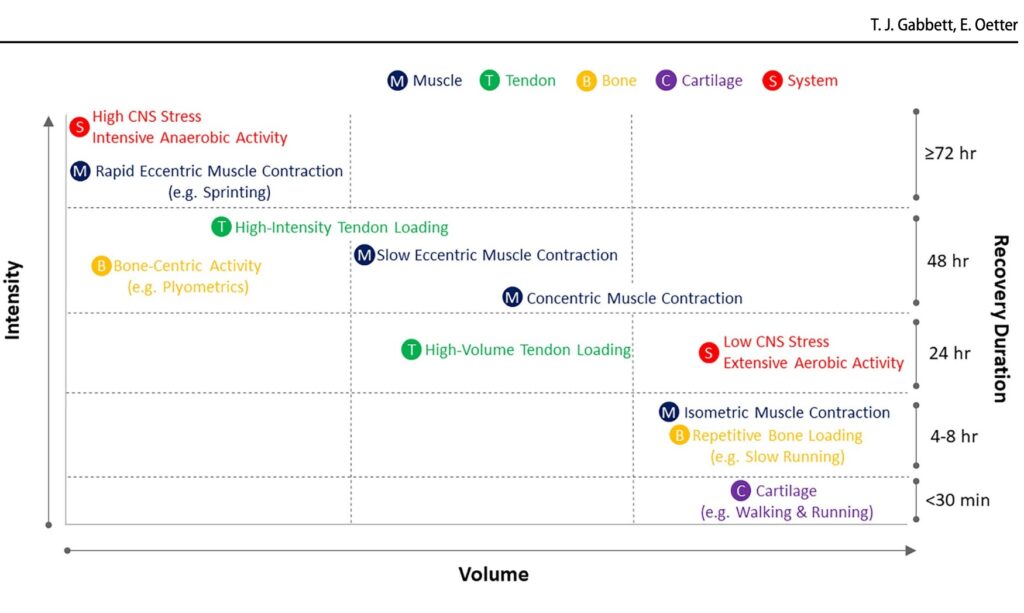
Load Management in Basketball
Dr. Matt Tuttle, NBA and MLS physical therapist and researcher on load monitoring, emphasizes that load is more than numbers—it’s context. It’s sleep, hydration, travel fatigue, mechanical load, and accumulated stress.
In our conversation on the Finding Small Wins podcast, Matt shared how embedding monitoring tools into the daily rhythm of training (like RPE, force plates, and velocity sensors) can guide load decisions in real time—without slowing down practice.
He also emphasized the importance of training with game speed in mind—even during recovery. Rehab doesn’t just return tissue to baseline. It rebuilds the system’s tolerance to speed, impact, and stress.
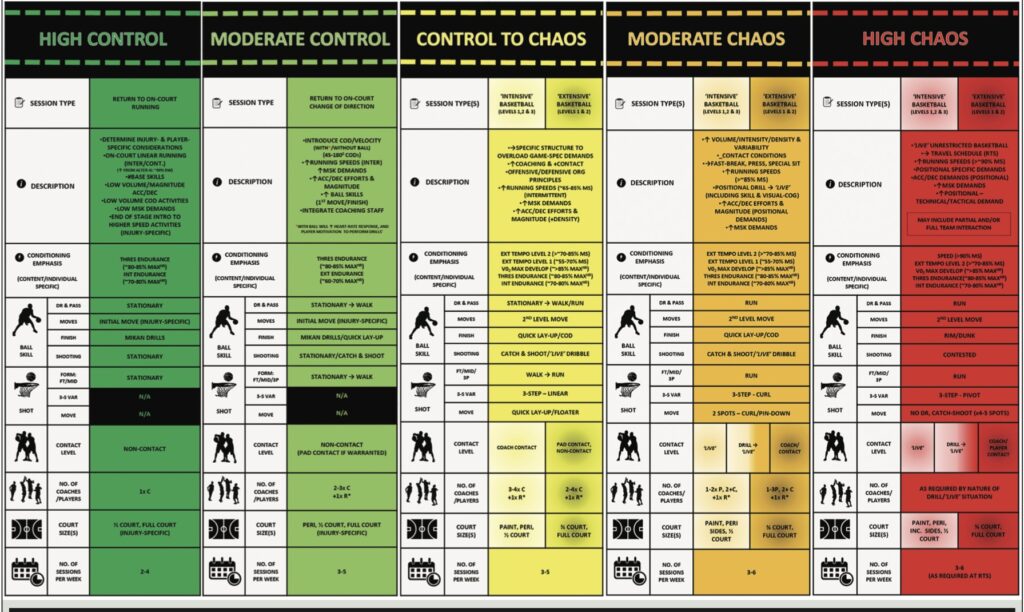
Load is Also Emotional
David Tenney, one of the leading minds in tactical periodization and high performance in soccer, offered a powerful insight in our Finding Small Wins episode:
“If you’re not accounting for the emotional and cognitive side, you’re not managing the whole player.”
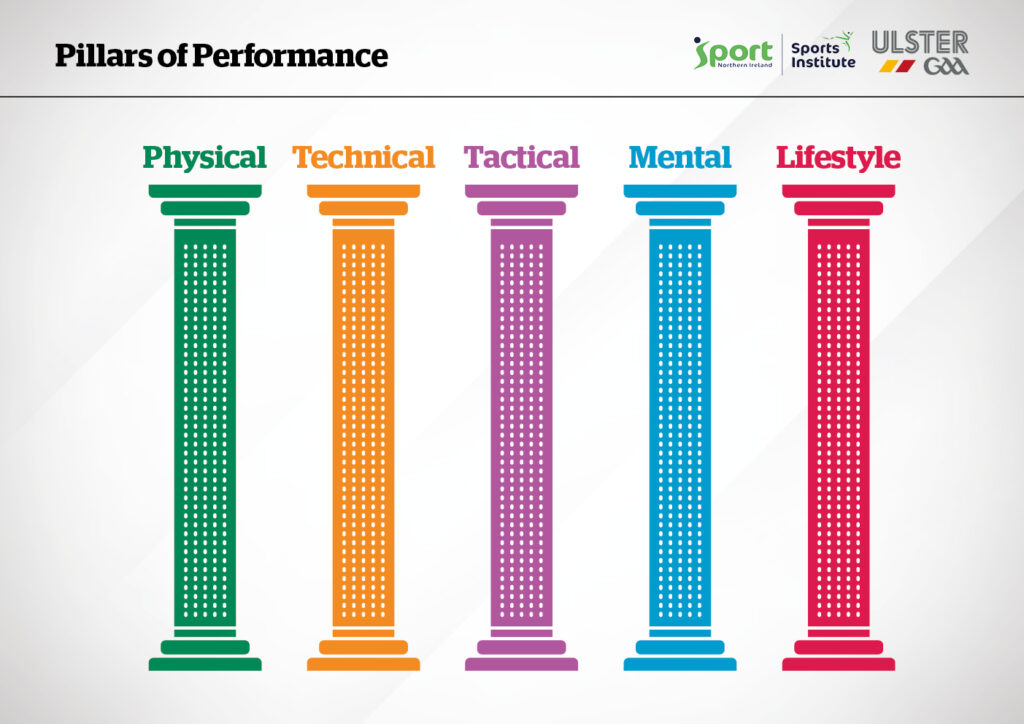
Travel schedules, contract years, role anxiety, and sleep quality all affect how a player tolerates training. Tactical periodization isn’t just a physical model—it’s a human model.
This requires coaches, medical staff, and performance specialists to speak the same language. It’s about stress distribution, not stress avoidance.
To explore this applied model more, check out this breakdown on simplified periodization.
Load Management Is Not Weakness—It’s Strategic Exposure
We need to set the record straight: Load Management isn’t about doing less. It’s about timing stress intelligently so the athlete is prepared—not protected.
Consider this:
- You can’t get game-ready without game-like stress.
- You can’t build tissue tolerance without controlled breakdown.
- You can’t recover what you never trained.
Consider this – in order to build muscle, we have to physically breakdown the muscle to signal the body to increase protein synthesis and hypertrophy. The body has to endure stress in order to grow.
The media might reduce Load Management to sitting stars on back-to-backs. But the true practice of load management is how elite performers stay elite for the long haul.
Final Thoughts: Rethinking Load Managmenet Through the Lens of Preparation
The most important takeaway from all this is simple: You need to earn the right to train hard.
And the only way to do that is to match your stress with your preparation.
“Load Management isn’t about restriction—it’s about progression. It’s not about avoiding work. It’s about earning it.”
If we want to see fewer injuries, more longevity, and better performance, we don’t need fewer practices. We need smarter exposures, better monitoring, and a shared understanding of what the system is adapting to.
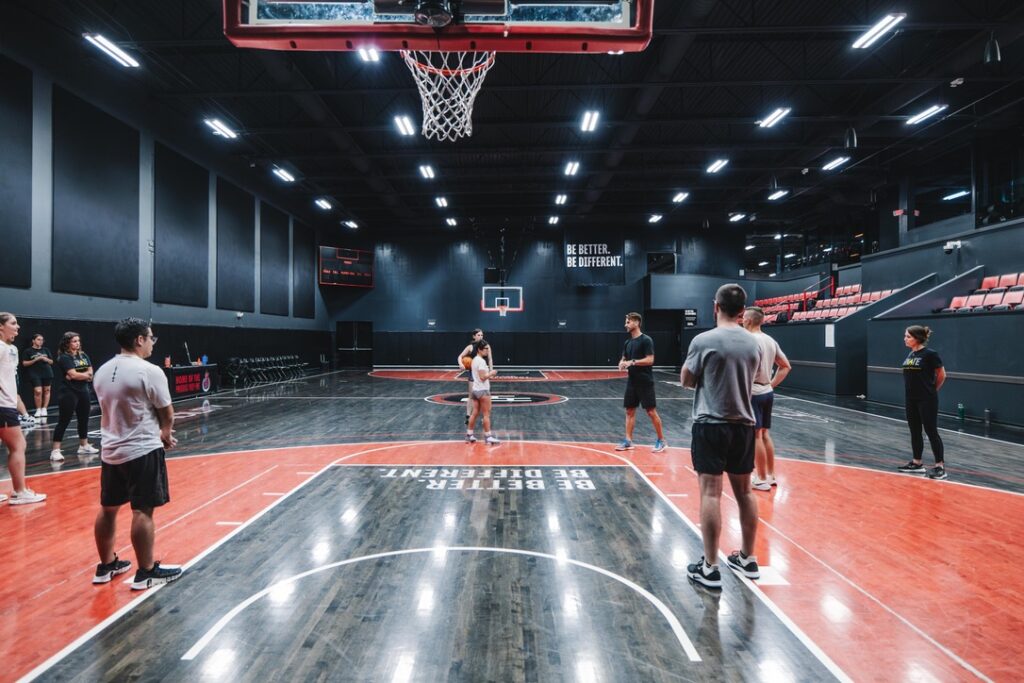
Explore More:
- 🎙️ Podcast: Load Management with Matt Tuttle
- 🎙️ Podcast: Tactical Periodization with David Tenney
- 📄 Why Embedded Testing Is Changing Performance
- 📄 Simplify Periodization with These 2 Principles
- 📄 Longevity for Athletes: Training Beyond the Playing Years
References
Gabbett, Tim J. “The Training–Injury Prevention Paradox: Should Athletes Be Training Smarter and Harder?” British Journal of Sports Medicine, vol. 50, no. 5, 2016, pp. 273–280. https://doi.org/10.1136/bjsports-2015-095788.
Gabbett, Tim J. “From Tissue to System: What Constitutes an Appropriate Load for a Tissue?” Journal of Science and Medicine in Sport, vol. 23, no. 5, 2020, pp. 479–483. https://doi.org/10.1016/j.jsams.2019.11.008.
Tuttle, Matt. “Finding Small Wins.” Finding Small Wins Podcast, episode 19, 2024. https://podcasts.apple.com/us/podcast/finding-small-wins/id1664474767?i=1000651157384.
Tenney, David. “Finding Small Wins.” Finding Small Wins Podcast, episode 40, 2025. https://podcasts.apple.com/us/podcast/finding-small-wins/id1664474767?i=1000679240847.
Loiacono, Adam. “Why Embedded Testing Is Changing Sports Performance and Rehabilitation.” AdamLoiacono.com, 2024. https://adamloiacono.com/why-embedded-testing-is-changing-sports-performance-and-rehabilitation/.
Loiacono, Adam. “Simplify Periodization with These 2 Principles.” AdamLoiacono.com, 2024. https://adamloiacono.com/simplify-periodization-with-these-2-principles/.
Loiacono, Adam. “Longevity for Athletes: Training Beyond the Playing Years.” AdamLoiacono.com, 2024. https://adamloiacono.com/longevity-for-athletes-training-beyond-the-playing-years/.

